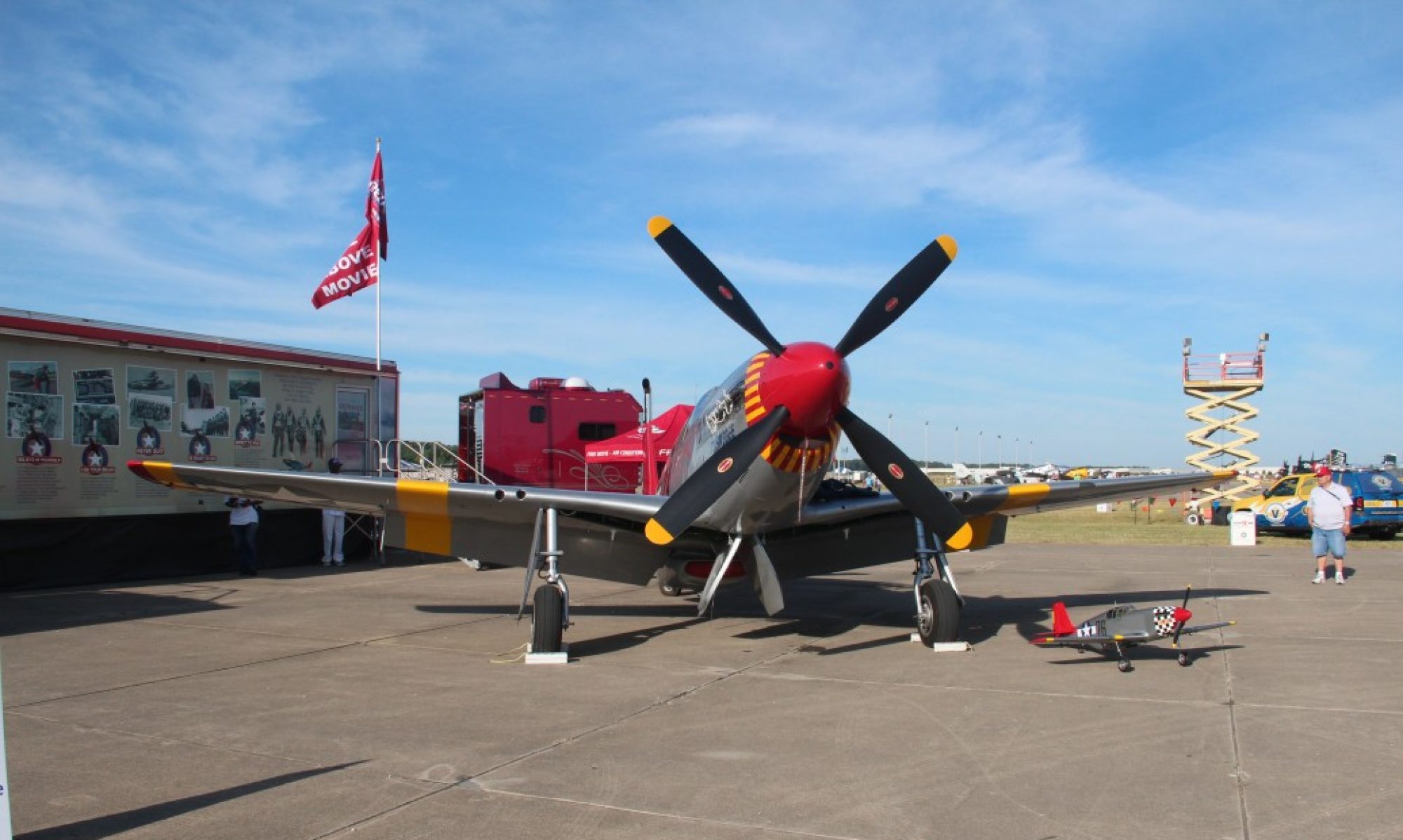After waiting for the warmest temps of the day to arrive (while watching my favorite NFL team squeak out another win) I and my buddy Steve headed to the field to get a first flight on the Carbon Z. We had about an hour of daylight left with temps in the mid 40s and a mild 5-10mph wind mostly down the runway to work with when we got to the flying field. For early winter in these parts, about as good as it gets.
Assembling the cub in the cool weather was a bit chilling but not overly difficult or time consuming. If you have to have struts, these aren’t to bad to put in place. First order of business was to make a short hop to check trim and dynamic balance and overall just get a feel for how the Carbon Z would fly. The result? Pretty much as expected. The big Cub found the sky very quickly before I had gotten much past 1/3rd throttle! Subsequent takeoffs were found to be possible in about 4 feet… and that is without use of the flaps.
With only a couple clicks of trim, the cub flew nicely. Using the wing and somewhat less control throw than recommend even for “low” settings in the manual, the cub was immediately discovered to be more capable than any cub I’ve ever flown or even seen flown. Power was adequate for nearly unlimited 90 degree vertical climbs, continuous knife edge, 20 foot diameter loops, rolls, stall turns, etc… No problem. After 3 minutes or so, a nice, gentle main wheels only landing was accomplished. We quickly then rigged up my friends brand new KA-8 glider and with a very smooth mid-power climb he was hauled up to about 250 feet where he successfully released and began floating around the field. The cub was brought in for a quick landing so I could watch Steve’s KA-8 floating about and then making a near perfect “spoilers” landing within 20′ of where we stood. Nice job on the first flight Steve!
After clearing the tow line and moving the glider away, Steve took the Cub up for a quick spin and commented immediately on the ample power and stability of the Carbon Z. After a few minutes of fun, Steve brought the big bird down for nice landing of his own.
Before the light could totally fail, I took the bird up for one more flight. First, I climbed up to a safe altitude and tried deploying the flaps. The resultant pitch up was fairly dramatic, and that was with the lesser of two flap settings I had programmed. That will require some more research and programming! Pushing the envelope a bit further I started through the basic IMAC sequence as best I could recall from earlier this year. The Cub seemed to be doing fine with the maneuvers until the motor started to pulse and it was time to come in for another easy landing. Altogether, I had been above 10% throttle for about 13 minutes. Better than I expected for the 3300mah pack, especially in cool weather.
Even though the Cub landed very gently, I do want to get some softer wheels for those times when something slightly more harsh occurs and the flap mix and travel are going to require some more adjustment and testing. As well, I will be getting some more batteries of somewhat varying size and brand. I think the cub could easily handle somewhat larger cells and I wouldn’t mind to have a bit more flight time per pack. With a safety margin, the 3300s would appear to give me a solid 10 minutes of more aggressive or maybe 12 of pure cruising. I’m guessing this might translate to only 2 or 3 glider tow climbs and in this mode I really would like to have to stretch that to 4 or 5. Once I have some more batteries in hand I can do some test flights and see what sort of trade off between capacity and weight is possible.
Overall, after one battery (3 short flights) I can already tell the big cub is going to be a lot of fun. I’m looking forward to getting her out at the next club event (the Freeze Fly on January 1st). With these bug tundra style tires, even a little snow shouldn’t present a problem. And if the snow gets deep… the floats are sitting in the box out in the shop.
